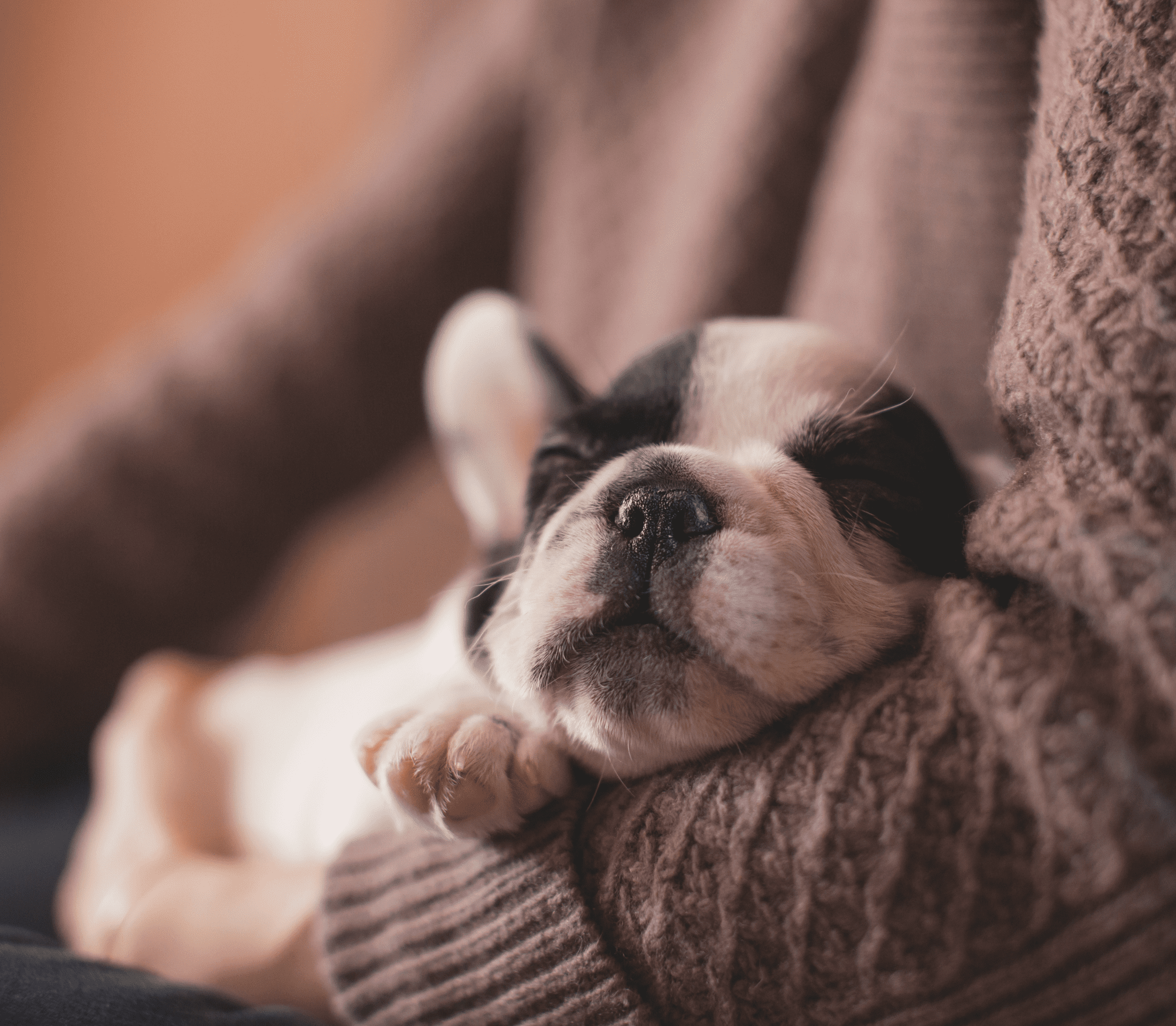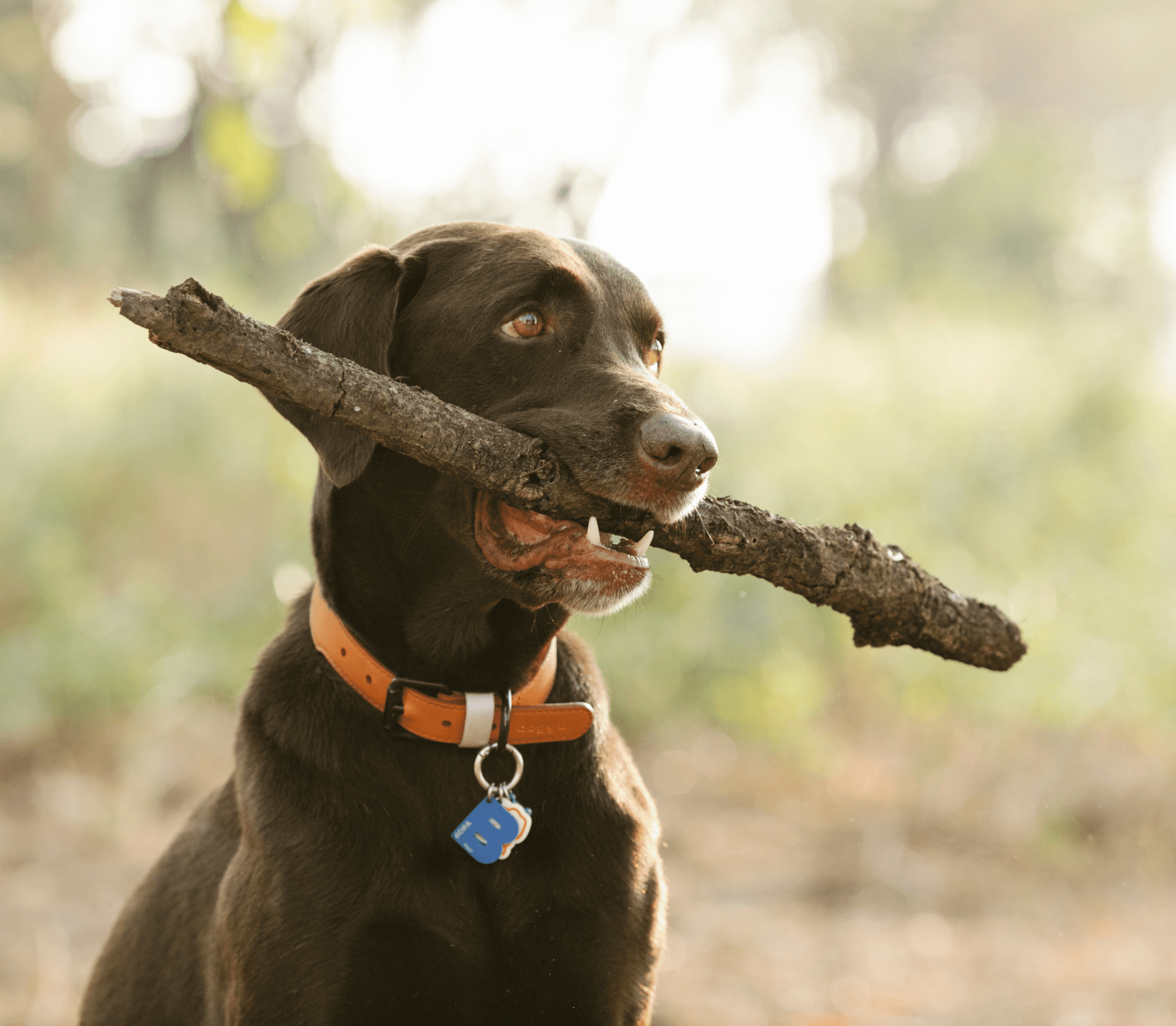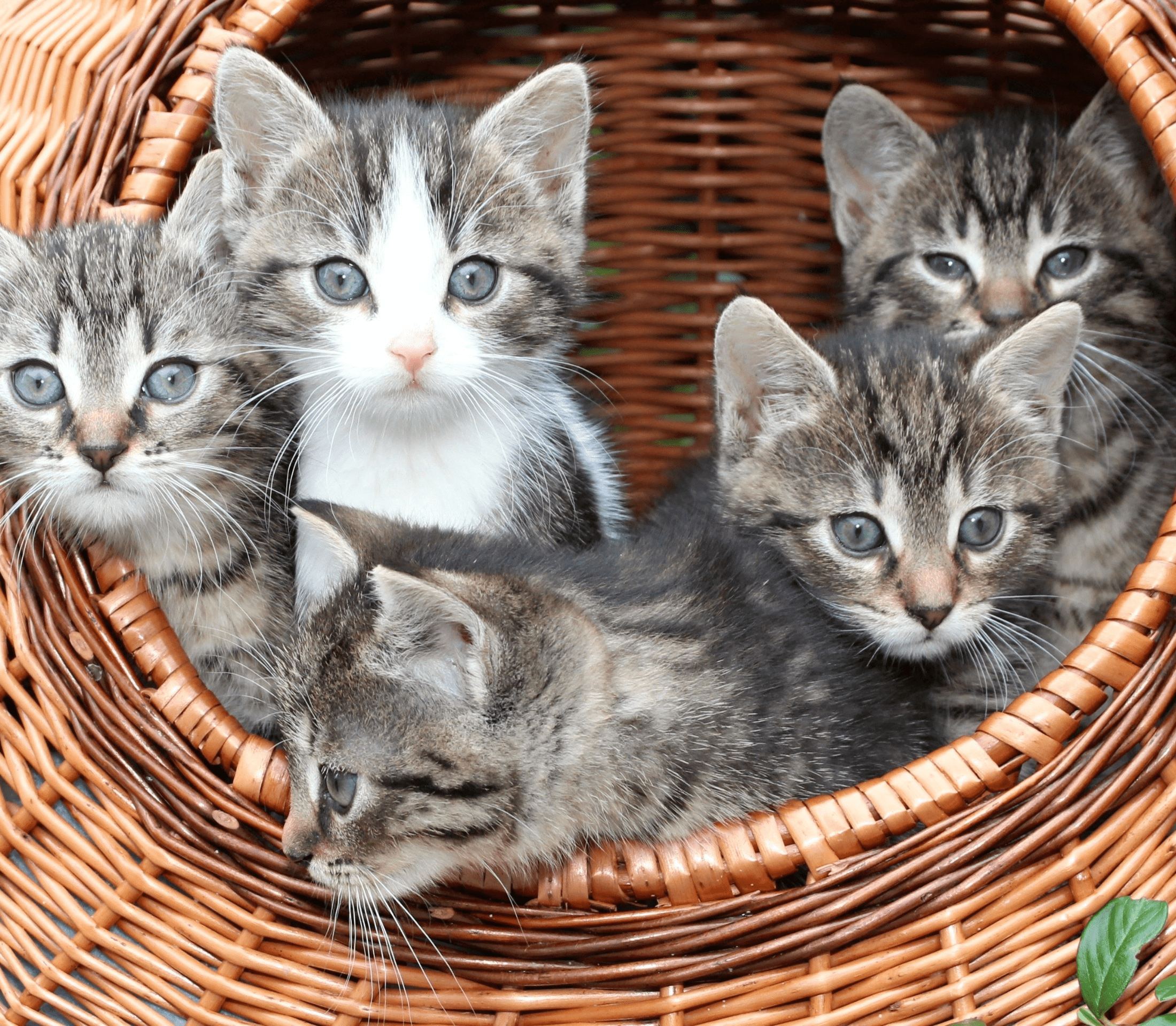Fluffy’s Nail Care Habits
Does your cat sometimes use your sofa as a manicure station? Kitties are very cute and lovable, but they do have a few bad habits. Read on as a Washington DC vet offers tips on teaching your furball better petiquette.
Understanding The Furball
The urge to scratch is a very deep-seated instinct in our feline pals, and one that is crucial to their survival in the wild. Cats use their nails for hunting and defense, as well as climbing to safety. Fluffy learned long ago to take care of those sharp little claws!
Nature’s Scratching Post
Trees are historically Fluffy’s ultimate nail-care station. They also allow kitties better vantage points, and offer an escape from predators. However, we’re guessing that you probably don’t have—or want—an actual tree in your living room. Get your furball the next-best thing: a scratching post.
Choosing A Manicure Station
There are some things to keep in mind when choosing a manicure station for your furry little diva. Cats often like to stretch during their ‘peticures,’ so choose something tall enough to allow her to do that. It’s also important to pick a sturdy post. If Fluffy’s scratching post wobbles, she may get uneasy about it and stop using it.
Encouraging Good Habits
Next, you’ll want to get your kitty used to using her scratching post. First, try simply telling her not to scratch it. That may very well work! If not, make it more enticing by putting toys and catnip around it. Whenever your furball does use her post, reward her with praise and compliments.
Stopping Bad Behavior
You should never punish Fluffy for scratching. It’s a natural behavior, so punishing your pet will only confuse her or frighten her. Just annoying her will probably work. When you see Fluffy scratching something she shouldn’t, make a loud noise, or squirt her with water. You may also want to say ‘Bad kitty!’ in a stern tone.
Hacks
Is Fluffy scratching the side of your sofa? Block her access by putting a plant or end table in her chosen spot. If she goes for corners, put clear, two-sided tape down. It won’t show, but your furball will hate the sticky feeling. Of course, you can also simply call us to schedule a peticure.
Please contact us, your Washington DC vet clinic, for all of your cat’s veterinary care needs. We’re here to help!



